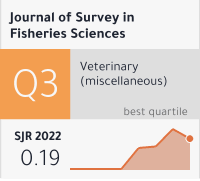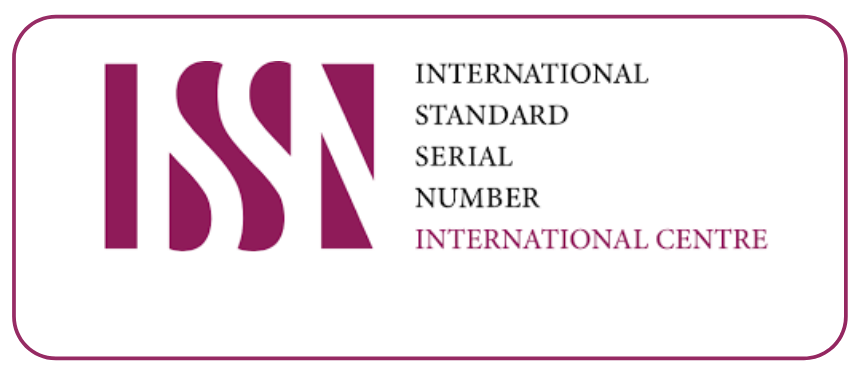Influence Of Domestic Wastewater Discharges On Microplastic Contamination In Surface Waters And Freshwater Fish At Huai Kho Reservoir, Na Chueak District, Maha Sarakham Province.
DOI:
https://doi.org/10.53555/sfs.v10i3.1760Keywords:
Domestic Wastewater, Microplastic, Surface Waters, Freshwater Fish, Huai Kao ReservoirAbstract
The escalation of microplastic pollution in global aquatic environments has become a significant point of concern in recent years. This study delves into the influence of domestic wastewater discharges on microplastic contamination in both surface water and freshwater fish within Huai Kho Reservoir, situated in the Na Chueak District of Maha Sarakham Province. Sampling was conducted meticulously once, specifically during the rainy season, from September to November in the year 2022. The study's findings unveiled a significant revelation. At Station 1 (ST1), located in Khlong Nong Lao, the waterway exhibited the highest influx of microplastic contamination into Huai Kho Reservoir, registering at 65 items per liter. Surface water, comprising 420 pieces, demonstrated a predominant size range of 0.11-1.00 millimeters, constituting 66% of the total. Furthermore, 47% of these microplastics exhibited a blue coloration, with 70% of them being fiber-shaped. In the case of freshwater fish, a total of 999 pieces were examined, with Henicorhynchus siamensis (Hesi) displaying the highest average number at 12.25±3.78 pieces per individual. Similarly, the prevalent size range observed in these fish was 0.11-1.00 millimeters, accounting for 58% of the total count. Notably, 70% of these microplastics exhibited a blue color, and an overwhelming 92% were fiber-shaped. The results of this study indicate that microplastic contamination has occurred in domestic wastewater discharges and suggests a relationship between the inhabitants, surface water, and freshwater fish. The analysis revealed that the most prevalent polymer type identified was Polypropylene (PP), found in 50% of the samples, possibly originating from activities such as population density, washing clothes, textiles, agriculture, and fishing.









